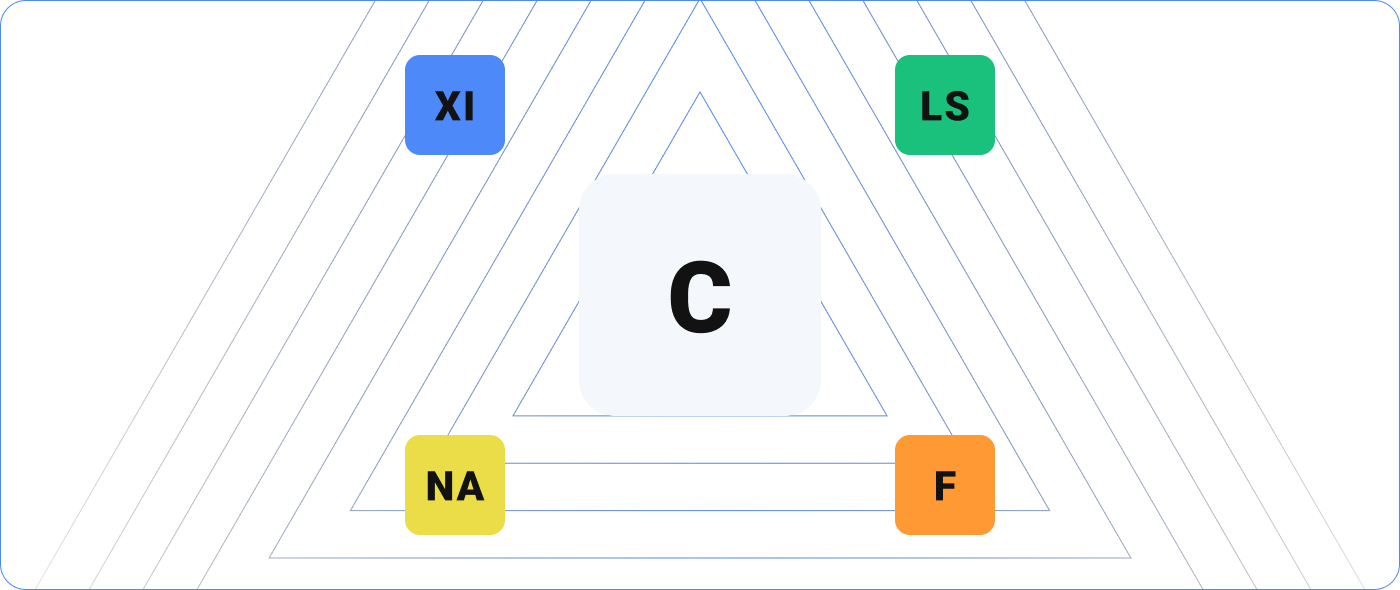With the holidays approaching, retailers and e-commerce sites experience a huge rush of traffic, making network problems both more likely and more costly.
Many companies heavily rely on the profits from holiday sales, making network downtime a particularly dire issue this time of year. Through end-user and IT productivity losses, as well as recovery and containment costs, the expenses related to network downtime can average upwards of $8,000 per minute (with this figure trending even higher during times of peak traffic).
While there is the obvious issue of dollars and cents involved in unplanned network outages, there are also the hidden costs of damage to a business’s reputation. Missing out on sales due to the malfunction of a core system can make a business appear unreliable, sending valuable customers elsewhere.
All this is to say that planning ahead is crucial to keeping retailers online and avoiding the very real costs of network downtime. So what are some ways you can prevent downtime before it becomes an issue?
The best course of action you can take is to employ a network monitoring tool to assist you in becoming proactive in your approach to network health rather than reactive. A good monitoring solution will include different tools that assist in predicting and managing bottlenecks, security vulnerabilities, and problem areas, all of which can lead to unplanned downtime. Below are a few strategies that can help you accomplish this:
Plan for Increased Growth
If you know that the holidays will mean increased traffic for your network, there’s no excuse not to plan ahead. Capacity planning features in your network monitoring can help you predict future bottlenecks and roadblocks as your network grows or faces increased traffic. By extrapolating from past data sets, these tools can help you make educated decisions about how and when to undertake necessary upgrades to network infrastructure.
Utilize Performance Graphs
Paying close attention to performance graphs based on key network metrics can allow you to spot problem areas and fix them ahead of time. Looking for erratic, unexplained spikes in different performance metrics or decreased performance over time is a good place to start. This allows you to make time for planned downtime in order to perform required maintenance. By paying close attention to historical data, you can make sure that you won’t miss issues once they’ve reached a crisis point and that you can take action to fix them in advance.
Listen to Your Network
Networks put out massive amounts of valuable data on their performance in the form of log data, but much of that goes to waste by not collecting and managing it. A log management solution allows you to take that data and parse out important insights about a network, including 404 errors, broken links, and instances of website defacement. As is the case with other network monitoring platforms, many log management tools will allow you to set up alerts if a web page or link is broken or inaccessible.
Be Immediately Notified When Problems Occur
You don’t want to be informed of a problem by angry users after the fact. If a problem does occur, a monitoring solution will send you alerts about when and where the issue occurred in your network. In the case of a network outage, timely resolution of the issue is critical, and setting up notifications allows you to take the guesswork out of hunting down a problem so you can start immediately directing resources towards resolving it.


